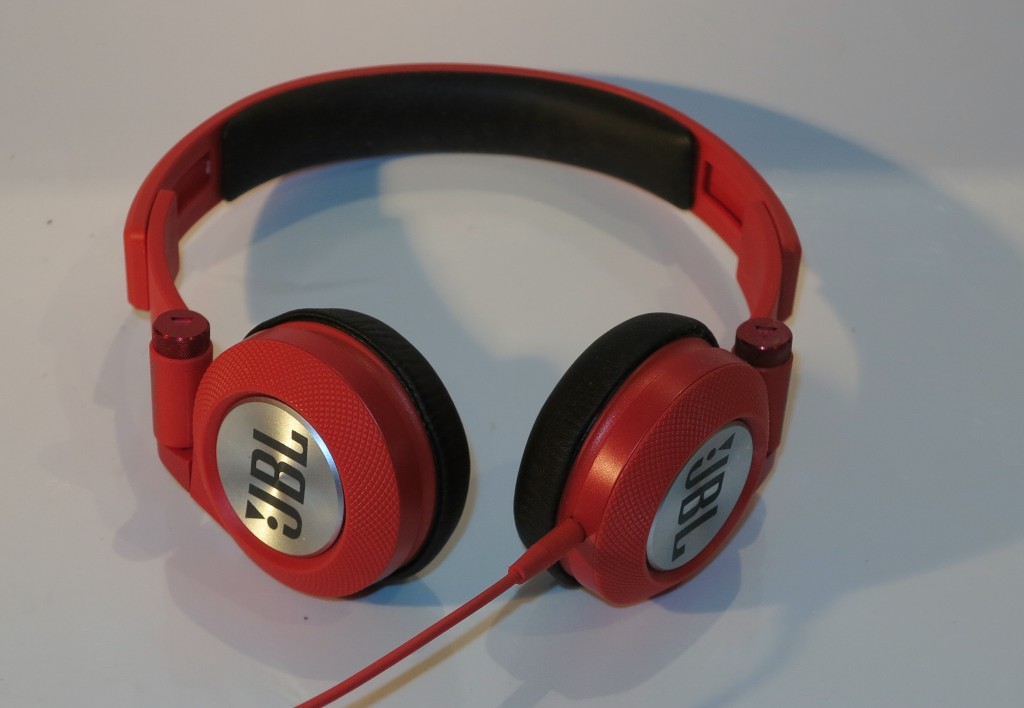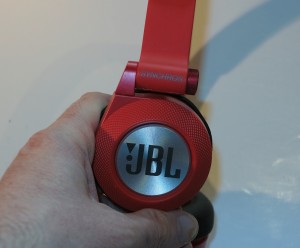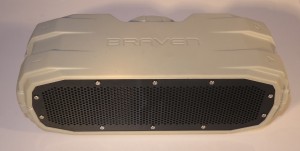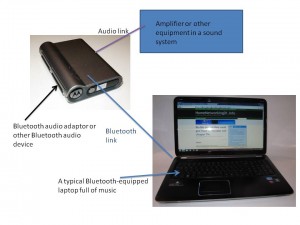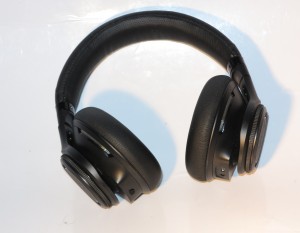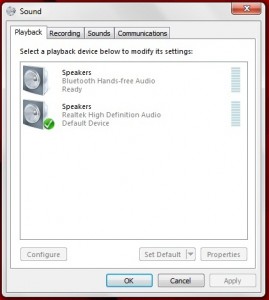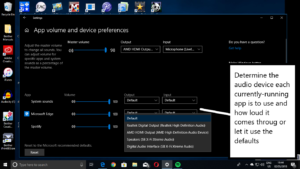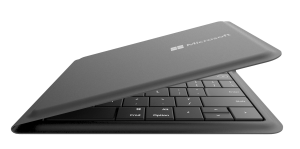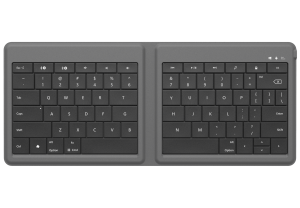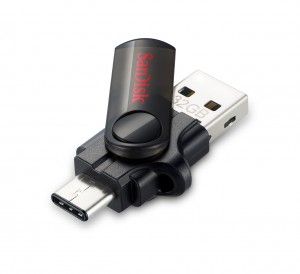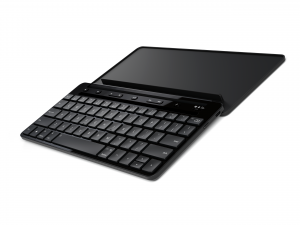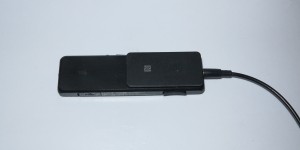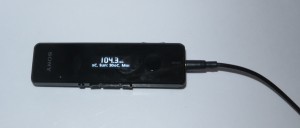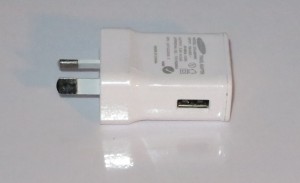Product Review- JBL Synchros E30 headphones
Introduction
JBL is best known over a long time for loudspeaker systems, especially PA/commercial-audio and hi-fi speakers. Examples of these speakers include the JBL hi-fi speakers that were designed the same way as in-studio monitor speakers and known for their tight bass response; and the JBL EON speakers which were one of the first active-design PA / sound-reinforcement speakers to use biamplification in that class of speaker.
But as for headphones, they haven’t been known much for this product class. This is because brands like AKG, Audio Technica and Sennheiser have dominated this product class when it comes to good hi-fi or monitor-grade headphones.
Now I am reviewing the JBL Synchros E30 headphones which are positioned more or less as “all-round” stereo headphones for personal-audio applications. These are a headset with an in-line microphone designed for use with your smartphone or tablet or as headphones for use with your MP3 player or laptop.
JBL also offers the Synchros E40BT headset which is a Bluetooth wireless variant of this on-ear headset which may be handy for those of you who value wireless connectivity with your smartphone, tablet or laptop computer.
Price
Recommended Retail Price: AUD$129.95
Type
| Headphone Assembly | Traditional over-the-head |
| Driver Positioning | Supra-aural (on the ear) |
| Driver Enclosure | Closed Back |
| Microphone Position | In-line – detachable cable |
| Source Device Connectivity | |
| Headset | 3.5mm four-conductor plug |
| Adaptors | None |
The headset itself
Connectivity
Like an increasing number of headphones that are coming on the market, the JBL Synchros E30 is equipped with a detachable headset cable which has an integrated microphone. This will most likely be wired for CTIA (Apple) applications and may not operate properly with OMTP applications.
The advantage of this is that you can repair or replace the cord if it breaks which is something that can easily happen with personal-audio headphones as you use them a lot. As well, you could have one or more headset cords made up for different applications very easily, something that can be done if you or someone you know is handy with a soldering iron.
Comfort
The hinge design that JBL uses for the Synchros E30 headphones makes it easier to store the headphones flat but it can take a while to get the headphones to fit properly on your head for best sound response.
The “over-the-ear” earcups have a vinyl ring that doesn’t absorb sweat but is very confusing where headphones that have a similar ring encourage you to have this wrap around your ear.
Once these headphones are adjusted properly, you can wear them for a long time without them being too uncomfortable.
Sound
The JBL Synchros E30 headset has the kind of efficience that you would expect for headphones that are to be used with battery-powered equipment. This means that they can sound loud therefore you may be able to run them on lower volumes to save on battery power.
Music
The JBL Synchros E30 does well on the bass response by being able to “reach down there” but it needs the use of equalisation at the source if you want to bring this out. This may be achieved by implementing a “bass-boost” function or a player that uses tone controls or a graphic equaliser. The high frequencies are still there and come out clear.
Video and games
I have watched some video content with these headphones and the dialogue does come through clearly. The effects may not have the punch unless there is some form of equalisation along the way.
I also tried these headphones with an iPhone that a kid was using to play a motor-racing game and noticed that the sound effects associated with that game came across very sharply. But as I have said with music, there still needs to be some equalisation to bring out the bass which is important for some sound effects like motor-vehicle noise or gunfight.
Communications
I have made and taken a few phone calls and the caller’s voice had come across intelligible and clear. The frequency range that these headphones offer could also make them suitable for HD Voice applications like Skype, Viber and VoLTE so you can hear your callers better.
Noise reduction and handling in noisy environments
I have used these headphones up the back of a transit bus and found that the JBL Synchros E30 headphones do reduce the ambient noise from the bus’s engine somewhat. As well, you can still hear the program content if you run the volume hard on your portable device.
Conclusion
I would recommend that one buys the JBL Synchros E30 as a baseline “all-round” headset for most users whether they listen to music, watch video content, play computer games or use them for online communications. This comes across more where users place emphasis on durability with such features as a detachable cord or a strong hinge design along with a sound that can come across as being “authentic”.

